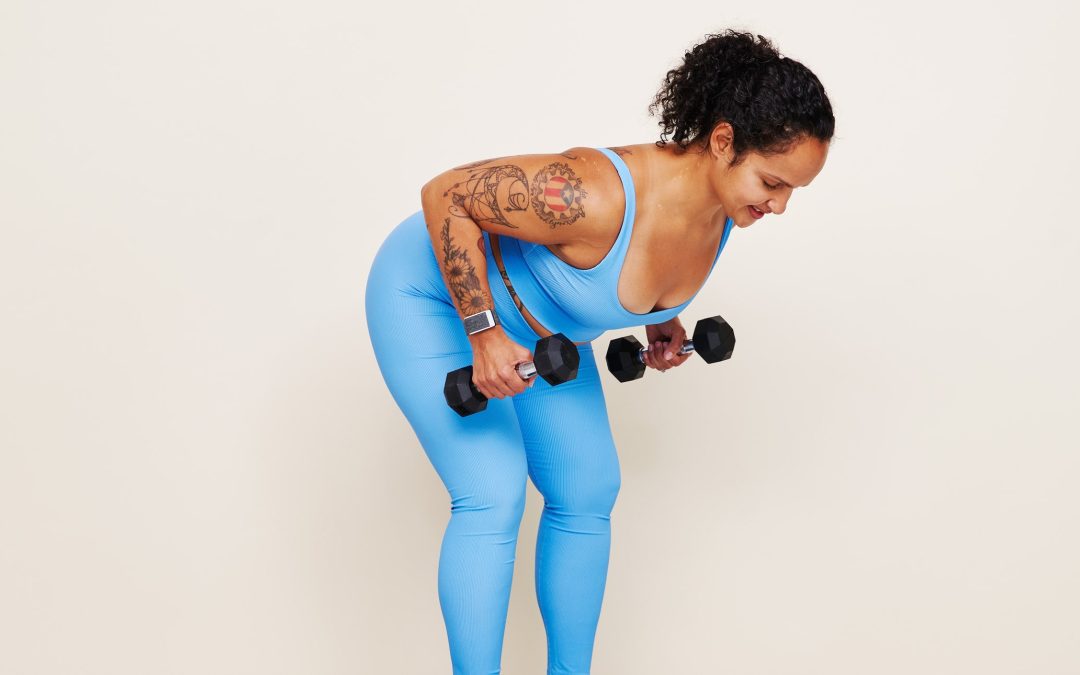Looking to fire up your arms, but don’t have a ton of time? This HIIT arms workout may be exactly what you’re looking for. In less than seven minutes, this routine will target both the front and back of your upper arms—your biceps and triceps.
One time-honored exercise technique for getting a lot of work done in not a whole lot of time is through high-intensity interval training, or HIIT, ACE-certified personal trainer, Sivan Fagan, CPT, owner of Strong With Sivan, tells SELF. HIIT workouts also raise your heart rate quickly because of its programming: You’ll be working more than resting. That means you’ll also get in some cardio work.
But HIIT programming isn’t only for cardio workouts; you can also use it for strength training, too. Take, for instance, this HIIT arms workout below, which was created by Fagan for SELF.
For any effective arms workout—like in this one—you’ll want to include moves that target both the front of your arms (your biceps) and exercises that hit the back of your upper arms (your triceps). While traditional arms exercises tend to be isolation exercises (moves like the biceps curl and triceps extension, which work smaller muscles), there is also a benefit for including compound movements (like the Z press and row, which work bigger muscle groups) as well.
In this routine, you’ll be using both kinds of exercises with a technique called “pre-exhaustion.” This means you’ll first complete an isolation exercise (say, a biceps curl) and then follow it immediately with a compound exercise that hits the same areas as the isolation exercise (like a bent-over row). Following up an isolation move with a compound exercise is effective for really targeting those small muscles in your arms, since they’re working hard in both exercises—but they have additional support in the compound move from bigger muscles so they don’t tire out too quickly.
A couple quick notes before you get started. First, if you’re a beginner and new to HIIT routines, it’s super important to pay attention to your form—quality of reps is more important than quantity here.
“If something feels iffy, definitely don’t continue the workout or the exercise,” says Fagan. Take the time to reset and rest if you need to, and when you’re ready to start back up, slow down. When you’re working by time, it can be tempting to try to crank out as many reps as you can in that period, but slowing down and doing fewer reps with better form is the better—and safer—choice. Plus, when you take the time to keep your form on target, you can really make sure you’re targeting the right muscles. And that makes your workout more effective.
Secondly, you’ll want to choose the weight of your dumbbells carefully with this one. Because HIIT routines are more intense—and that’s especially the case in this routine, where you’re working with that pre-exhaustion technique—you’ll probably want to use lighter weights than you would if you were doing straight sets. For instance, maybe you can use 10-pound dumbbells when doing a set of 10 biceps curls before resting and doing it again. But if you’re doing biceps curls for 40 seconds, and then following it right up with a row for 40 seconds, you’ll likely have to go lighter to make it through all that time with proper form.

